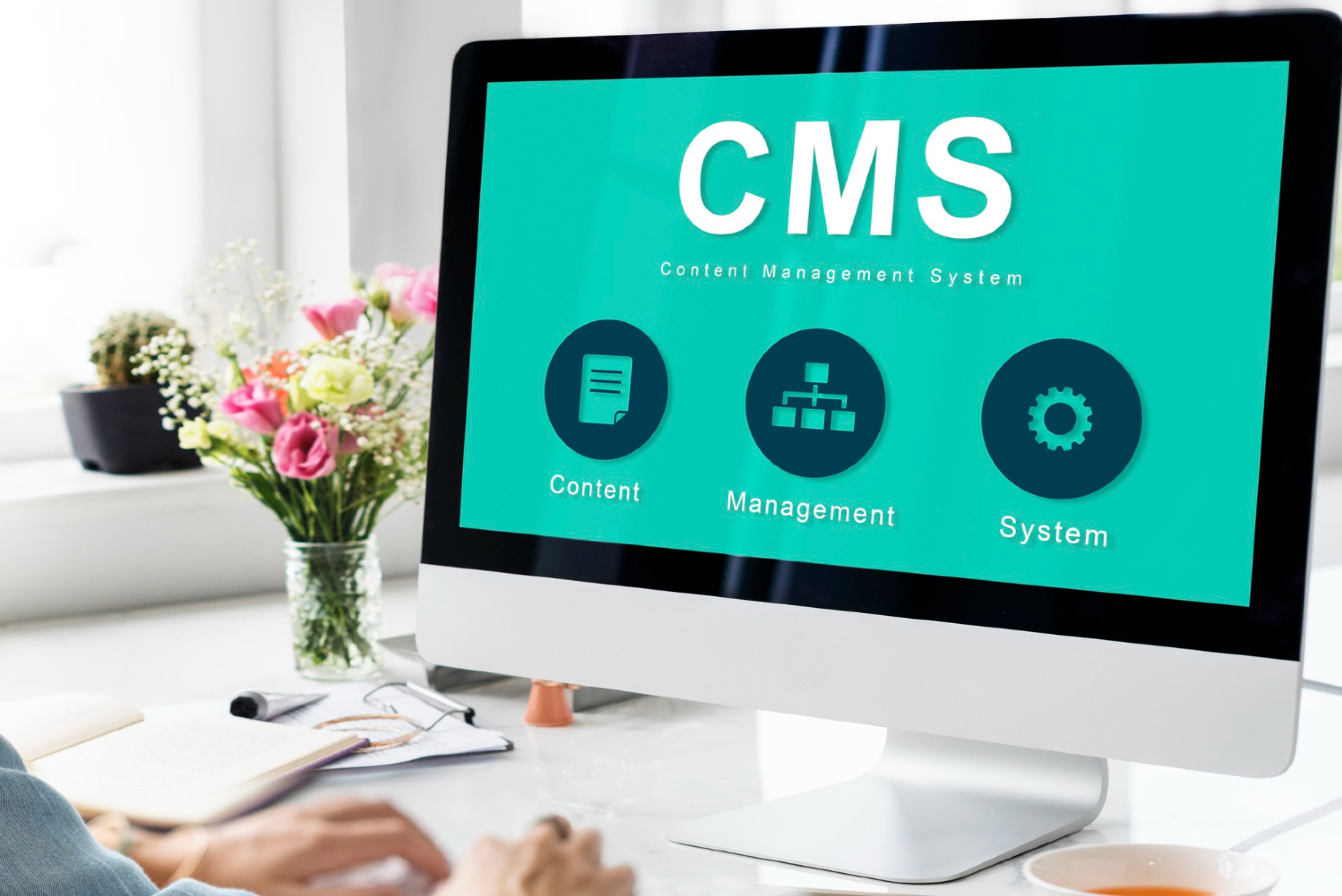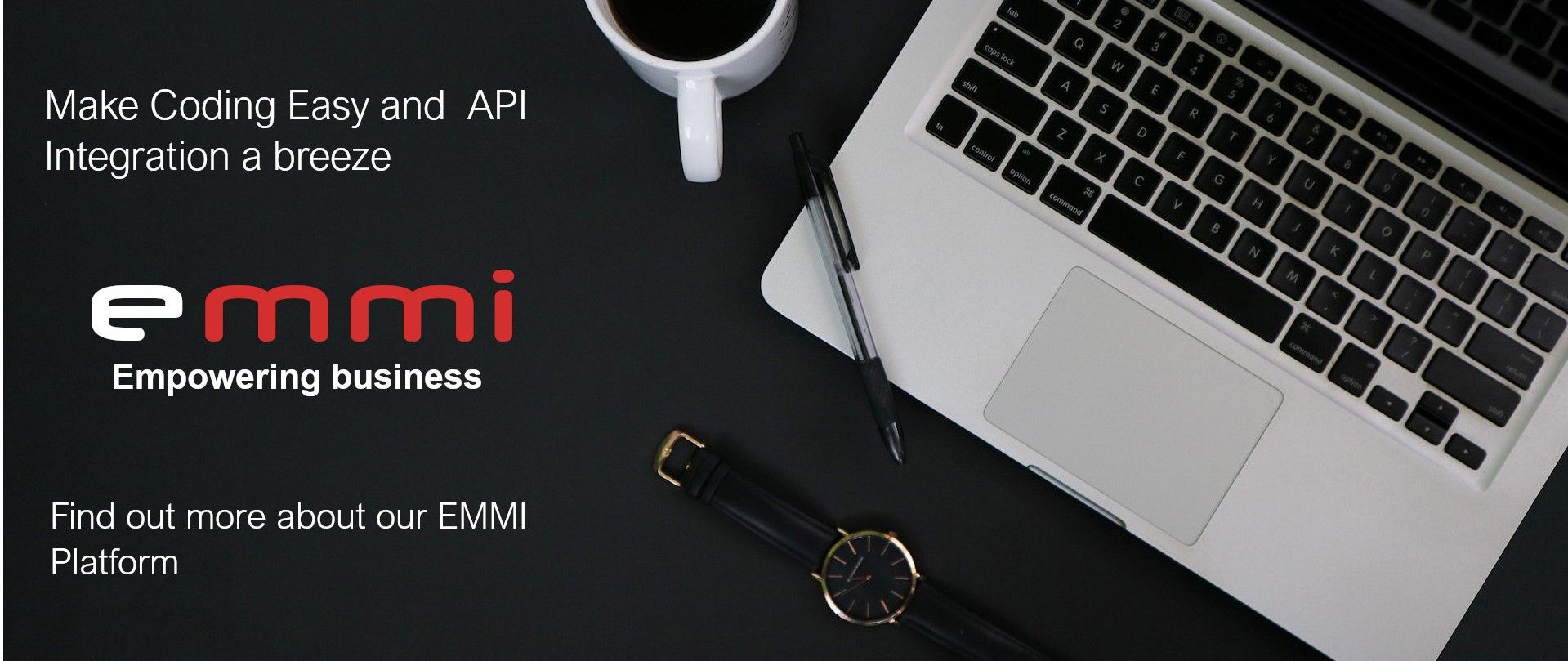
Go4IT Home
Old Style CMS Versus The New Headless CMS
July 7, 2021

A content management system (CMS) is an essential component of a modern website because it allows you to add blogs, products, experiences or rooms to your inventory. This content is kept in a database and may be accessed by users over the internet. While content management systems come in a variety of types, there are two primary types on the market: A Traditional CMS like WordPress and headless CMSs like Strapi.
A traditional CMS is linked tightly between a front end and the back end and are not reusable. The front end includes theme templates and CSS that are in charge of presenting content on your website. The back end comprises a database with code and plugins for storing, managing, and editing content or inventory.
As a result, the content is sent from one single database into a preset structure, and if you or your developer wants to make modifications to this scheme, you'll have to do it manually and redesign your entire system's structure. Each time you want to use a new platform or channel built, all content and structure will have to be rebuilt in a different coding language, depending on the platform.
The problems with current traditional CMS: It slows down your website Poor Accessibility and User Experience Security threats and vulnerability
Let’s look at the most popular Traditional CMS, namely WordPress. WordPress is currently powering 35% of all websites on the internet. It comes with a MySQL database, PHP code and WordPress plugins and themes to build your website. But, anyone who has worked with WordPress can tell you that there are quite a few issues with it.
WordPress was originally built for a basic blog website. WordPress now offers over 50,000 plugins that enhance the functionality of your website. Some of these plugins are free and others come with a fee. Plugins such as SEO optimization, E-commerce solutions, payment gateways and contact forms are must-have features for any travel company. WordPress also carries over 8000 free and paid themes, which are available for everyone who uses WordPress.
However, WordPress is not designed for speed, and adding plugins may make things much worse. Both plugins and themes are built in various ways, and because no one is monitoring them, they are prone to errors. Furthermore, considering each one was created by someone else, each plugin and theme must be updated on a regular basis, and each update affects the compatibility of other plugins.
As you can see, a WordPress site not only requires consistent maintenance and updates but can only be used as one channel for selling products and booking, which means you will need multiple traditional CMSs and each one will have to be monitored and built individually.
Although content management systems (CMSs) have been around for more than 20 years, the phrase "headless CMS" has just recently acquired traction in the CMS sector. The word "headless" derives from the idea of slicing the "head" (i.e., the website or app) off the "body" (the back end, i.e., the content, database, etc.). The display layer/front end, which in this case is the "head," and the back end, which is your content database, are completely decoupled in a headless CMS. What sets a headless CMS apart from typical CMSs is its content-first approach, which includes full APIs for accessing and displaying information in any way.
A headless CMS that uses this technique allows you to write content via a GraphQL API and send it to anywhere you need it, whether that is to a website, mobile app, wristwatch, TV or other devices.
A conventional CMSs architecture might be quite restrictive. A headless CMS, on the other hand, allows you to create your own front end framework in any format and style you see suitable for your organization.
Back end problems have no bearing on the front end. If the back end CMS platform has any performance difficulties or requires maintenance, it will not cause any downtime or impact the performance of your website.
A Headless CMS is designed to be fast. This is due to the fact that each update published affects all digital platforms. As a result, content creation is more efficient and is reusable.
It is Future-Proof. APIs make it simple for headless CMS to interact with existing technologies like applications, emerging technologies and even virtual reality. A headless CMS allows you to deliver your content across many platforms from a single back end, which creates an Omnichannel experience. For instance, if a product is purchased from your site, the headless CMS manages your inventory, and the quantity remaining is automatically updated across all platforms. Businesses can save money by reducing the number of designers and developers they hire. While some experts may be necessary, compared to utilizing a traditional CMS, the demand for professionals will be reduced.
With a single content management system (CMS), you can manage all of your content, whether it's blogs, bookings, or goods, from a single, unified platform/database.
If a company that uses traditional CMSs makes a change to the way it defines a product, it shouldn't be duplicated across 20 different systems. You should be able to make the modification in one central location and have it propagated to all relevant locations. That's how powerful a headless CMS can be. It serves as a single point of reference for all of your company's information and assets. It allows you to manage, edit, update and publish your material all in one location.
Do you want to present your content or product on more than just one platform, but are not convinced that headless CMS is the way to go? Take a look at Strapis' article on 10 reasons to use a headless CMS
Is your travel company ready for the future? It is time that you switch to an omnichannel approach! Here at Go4ITAfrica, we do it all for you! We set up your headless CMS and build your front end, where you can easily add and monitor your sales while giving your customers a seamless omnichannel experience, no matter what platform you use.





